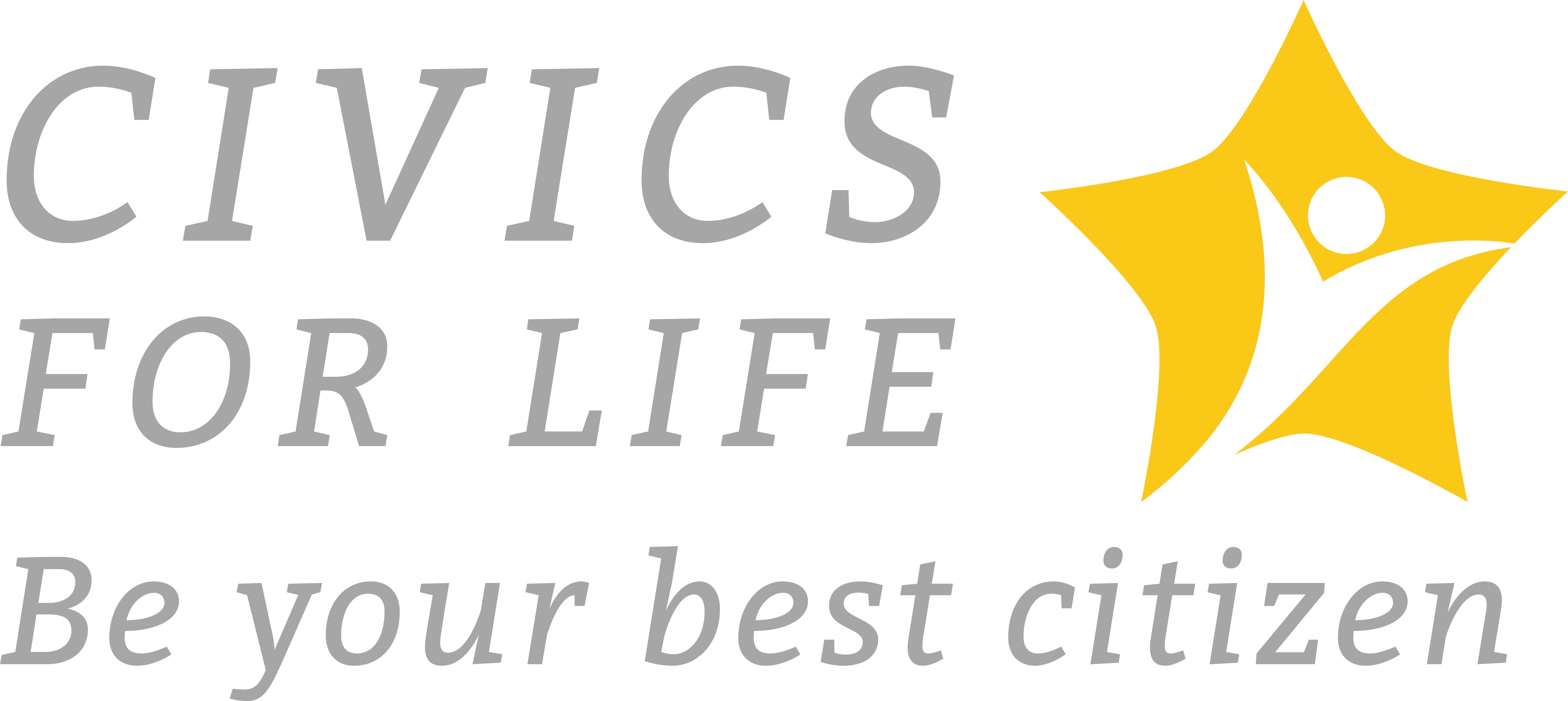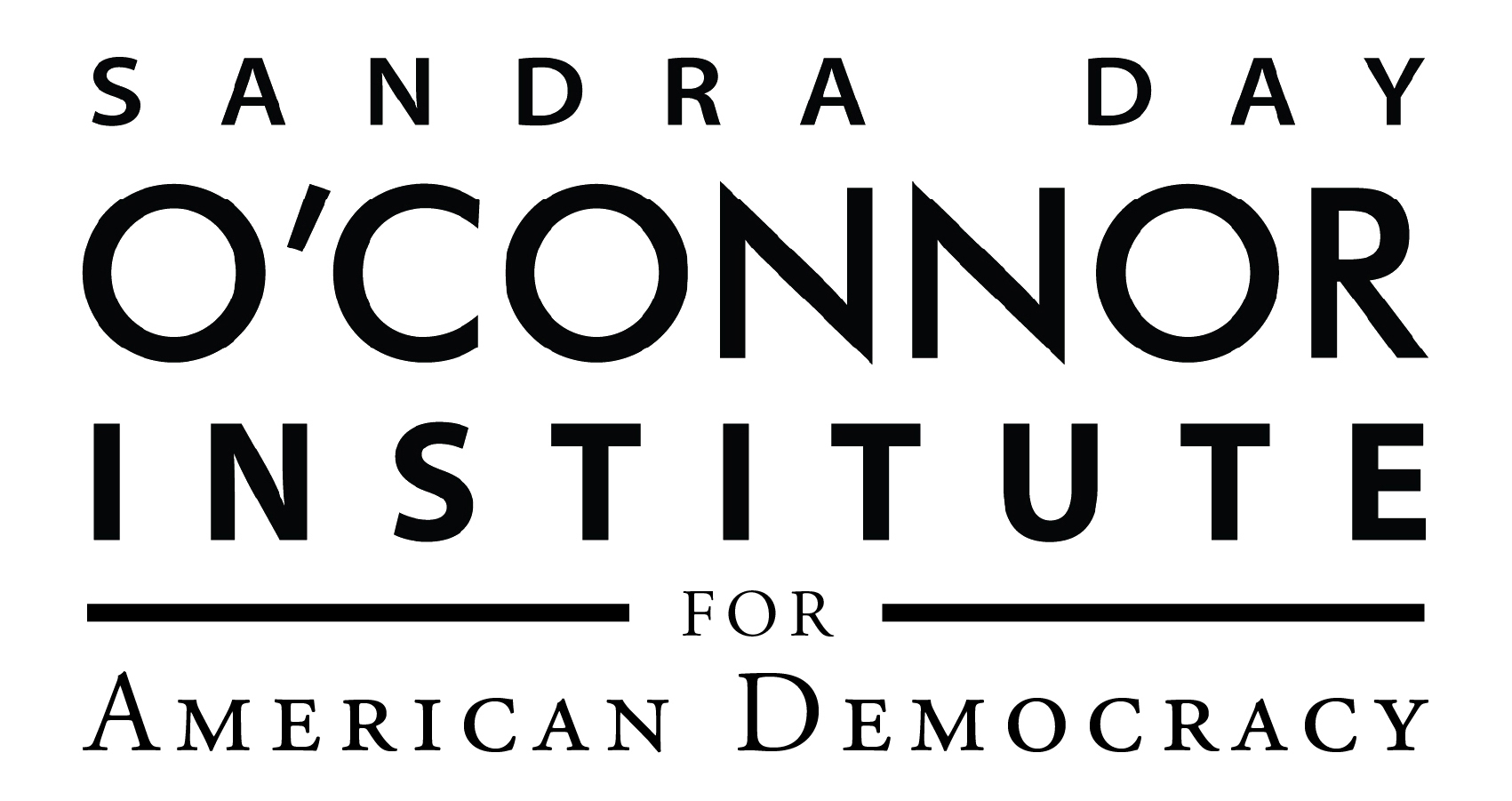What is the History of Political Parties in the United States?
For more than two centuries, the Democratic and Republican parties have been the two major political parties in the United States. The history of these two parties is long and rich, and their impact on US history is undeniable. However, they are not the only parties we have had in the history of the United States. Throughout the history of the United States, political parties have emerged and dissolved with the evolution of the ideas and needs of the American people. Political parties are a direct reflection of American beliefs.
Early American Political Parties
The history of US political parties dates back to the early days of the American republic. In the 1790s, the first two major political parties emerged: the Federalists and the Anti-Federalists. The Federalists, led by Alexander Hamilton, favored a strong central government and a robust economic system. While the Anti-Federalists, led by Thomas Jefferson, supported states’ rights and a more decentralized government with more power for the states.
Despite the differences between the two parties, they embraced the ideals of the American Revolution, such as individual rights, democracy, and federalism. They simply disagreed over the division of power between the federal and state governments.
National Republicans, Democrat-Republicans, and Whigs
In the early 19th Century, the Federalist and Anti-Federalist parties began to decline in popularity. In their place, two new political parties emerged: the National Republican Party, led by John Quincy Adams, and the Democratic-Republican Party, led by Andrew Jackson. The National Republican Party was aligned with the ideals of the Federalist Party, while the Democratic-Republican Party was more aligned with the objectives of the Anti-Federalist Party.
In the 1830s, a new political party emerged: the Whig Party. The Whig Party was a coalition of nationalists, industrialists, and anti-slavery activists. The Whig Party was opposed to the policies of President Andrew Jackson.
The Origin of the Two Major Political Parties
By the 1850s, the Whig Party and the Democratic-Republican Parties began to decline in popularity, giving way for two new major political parties to emerge in their place: the Democratic Party and the Republican Party. The Democratic Party was founded by former members of the Democratic-Republican Party, while former members of the Whig Party founded the Republican Party.
The Democratic Party: the early years were initially focused on preserving the Union and opposing the expansion of slavery. The Republican Party: the early years, on the other hand, was focused on economic modernization and the abolition of slavery. These two parties formed the basis of the two-party system in the United States.
The Early Years of the Democrats
The Democratic Party, in its early years, was led by Andrew Jackson and James K. Polk. The party’s platform was focused on preserving the Union and opposing the expansion of slavery. The party also favored a strong central government.
The Early Years of the Republicans
In the early years of the Republican Party, the party was led by influential political figures such as Abraham Lincoln and Ulysses S. Grant. The party also embraced other progressive ideals, such as expanding civil rights and promoting economic growth.
Rise of the Third Party
Since the Republican Party rose to major party status in the 1850s, minor parties have only had limited electoral success, generally able either to influence the major parties’ platforms or to siphon off enough votes from a major party to deprive that party of victory in a presidential election. In 1912, for example, former Republican President Theodore Roosevelt created the Bull Moose Party to challenge Republican President William Howard Taft. Roosevelt split the Republican votes allowing Democrat Woodrow Wilson to win the presidency with only 42% of the vote.
The Growth of the Two Parties in the 20th Century
In the early 20th Century, the two major political parties continued to grow and evolve. The Democrats embraced progressive ideals such as the New Deal, civil rights, and environmental protection. The Republicans, on the other hand, embraced conservative ideals such as fiscal responsibility and limited government.
In the mid-20th Century, the two parties began to diverge ideologically. The Democrats embraced a more liberal platform, while the Republicans embraced more conservative issues. This ideological divide has remained in place ever since.
Rise of Independent Voters
Today, there is a movement away from organized political parties and towards politicians declaring themselves independent or not a member of a formal party. Studies have shown that since 2008 there has been a steady increase in the Independents while membership in the Democratic and Republican parties has declined.

